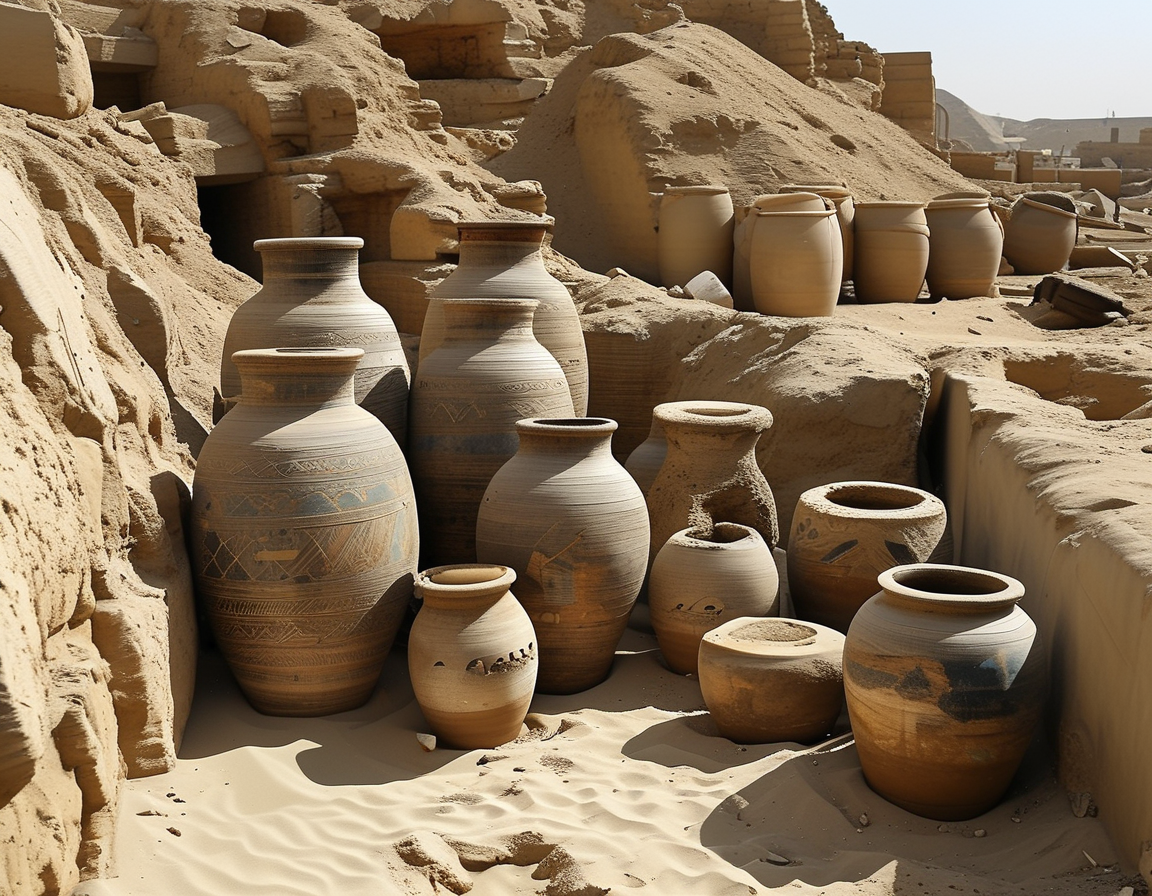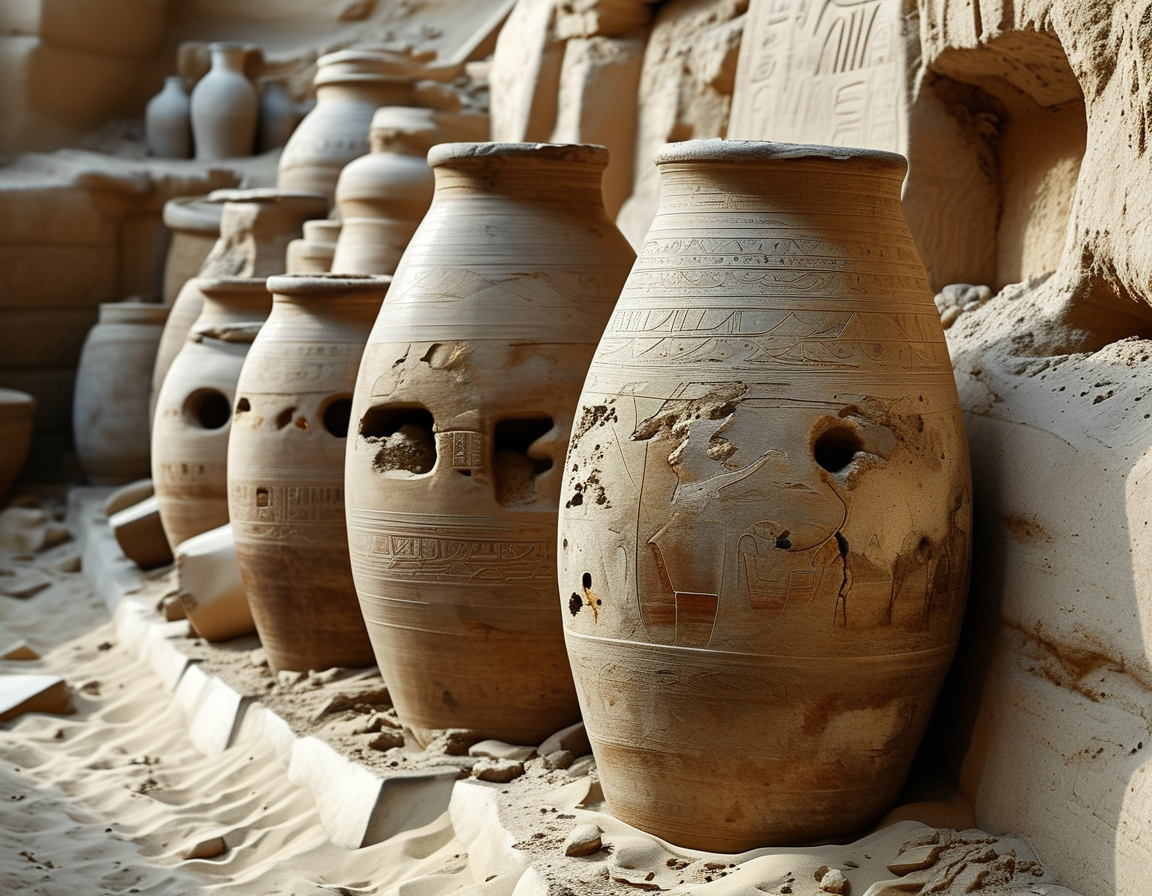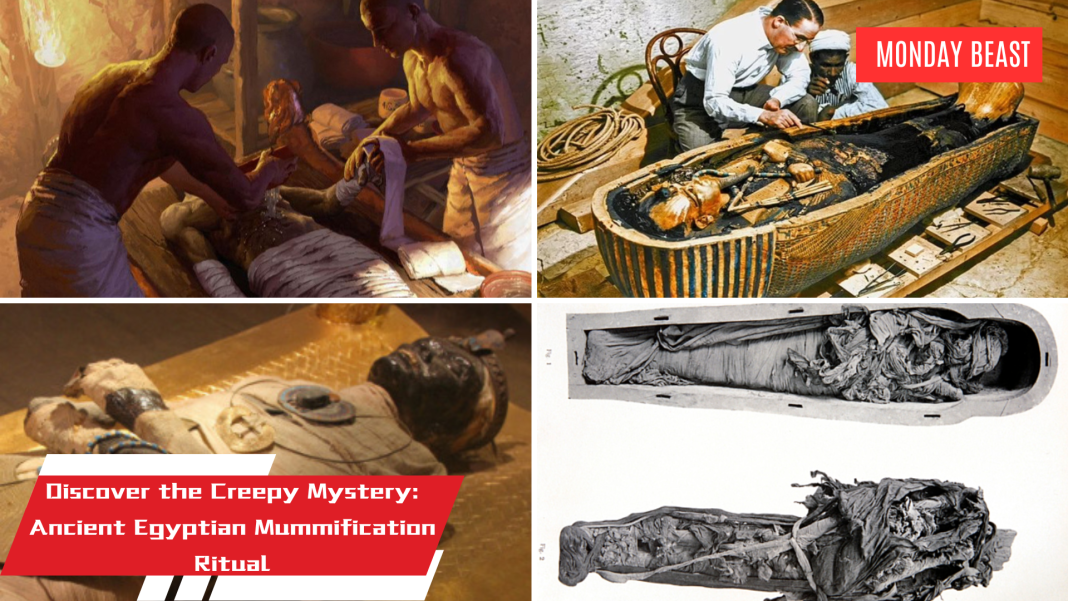New Discoveries in Mummification
What if everything we knew about ancient Egyptian mummification was incomplete? Recent scientific analyses of an ancient embalming workshop in Saqqara, Egypt, have yielded unprecedented insights into this fascinating process. Led by archaeologist Maxime Rageot from the University of Tübingen, a dedicated team unearthed materials dating back 2,500 to 2,600 years.
The workshop, found packed with jars and utensils, was used for mummification during the 26th Dynasty of ancient Egypt. This recent finding has captured attention and ignited curiosity around the world. So, what secrets do these findings hold about the ancient Egyptians and their methods of preserving the deceased?
The Art and Science of Embalming

Imagine stepping into a bustling workshop, ancient scents lingering in the air. Here, skilled craftsmen perfected the art of mummification. Their methods were not merely traditional; they reflected a deep understanding of science. Analysis of thirty-one jars revealed detailed notes instructing embalmers on the materials used and their specific purposes.
For instance, jars labeled ‘apply to the head’ or ’embalm with this’ reveal systematic approaches rather than random practices. Such insights highlight the combination of art and meticulous science in their work, reshaping our understanding of Egyptian culture.
An Alchemical Legacy
What did the ancients use to create perfect mummies? The combinations of resins, animal fat, and various oils represent a complex alchemy aimed at combating decay. Ingredients like mastic, myrrh, and cedar oil played crucial roles in this process. Notably, animal fats were used to mask odors, while plant-derived substances ensured preservation.

One fascinating detail is the use of eight different jars just for the head. This level of specificity is astonishing, suggesting that ancient Egyptians believed preserving every part of the body was vital for the afterlife. What can we learn about their beliefs from these practices?
Trade Routes and Global Connections
The revelations don’t stop at local customs. The materials found in the workshop indicate an expansive trade network. Elements such as pine resin and specific oils were likely imported from regions surrounding the Mediterranean. This paints a vivid picture of a society interconnected with diverse cultures, showcasing a vibrant economy.
One might wonder how these trade connections influenced Egyptian society. Did they impact power dynamics, or were they merely a reflection of shared knowledge across borders?
Unlocking Deeper Mysteries

What happens next? Researchers are currently analyzing a further twenty-one vessels. Each find has the potential to unlock additional secrets of ancient Egyptian society. Could there be more profound insights about their spiritual beliefs and daily lives?
As archaeologists delve deeper, our understanding evolves. Each jar offers a window into their world, filled with both wonders and complexities. The pursuit of knowledge continues amid the dusty relics of the past.
Conclusion: A Journey Through Time
As we stand at the intersection of past and present, how should we view these discoveries? The meticulous details of mummification reveal not only the Egyptians’ reverence for death but their ambitions for immortality. It challenges us to consider how we understand our own beliefs surrounding life and death.
The ancient Egyptians left behind more than bodies encased in linen. They carved out a legacy steeped in complexity, curiosity, and a relentless quest for understanding the afterlife. In unraveling these mysteries, we might just uncover fragments of our own narratives.




